How Does Alternative Light Photography Work?
Photography has always been a fascinating art form, capturing moments, emotions, and stories through the lens of a camera. While traditional photography primarily relies on visible light to produce images, alternative light photography explores the spectrum beyond what the human eye can see. This approach introduces unique and often startling insights into the natural world, architecture, art, and even forensic science. But how does alternative light photography work, and what makes it so distinct from conventional methods? This article will delve into the mechanics, applications, and techniques of alternative light photography.
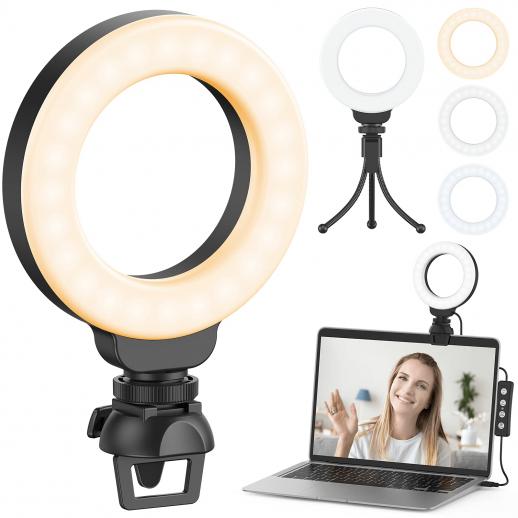
## Understanding the Spectrum of Light
To understand alternative light photography, we need to start with the basics of the light spectrum. Human eyes can perceive only a small portion of the electromagnetic spectrum, known as visible light, which ranges in wavelengths from approximately 400 to 700 nanometers. Beyond these limits lie the realms of ultraviolet (UV) light (below 400 nanometers) and infrared (IR) light (above 700 nanometers). Alternative light photography capitalizes on these non-visible light ranges.
1. Ultraviolet Light Photography:
- Characteristics: UV light has shorter wavelengths than visible light and can reveal details not visible to the naked eye.
- Applications: Often used in forensic science to detect substances like bodily fluids or authenticating artworks, as certain pigments fluoresce under UV light. It's also utilized in dermatology to diagnose skin conditions.
- Technicalities: UV photography requires specialized equipment such as UV light sources and filters. Conventional camera lenses may not be suitable since regular glass absorbs UV light, so lenses made from quartz or other UV-transparent materials are typically used.
2. Infrared Light Photography:
- Characteristics: IR light has longer wavelengths and is often used to capture heat emissions. This type of light can penetrate certain materials that visible light cannot, such as fog, dust, or vegetation, revealing hidden details.
- Applications: Widely used in landscape and architectural photography, aerial surveys, environmental monitoring, and even historical research to uncover details in faded manuscripts and artworks.
- Technicalities: Capturing IR images involves using IR filters to block visible light and cameras with sensors capable of detecting IR light. Some conventional digital cameras can be modified to record infrared by removing the IR-blocking filter usually integrated into the sensor.
## Equipment and Techniques
1. Choosing the Right Camera:
- For UV photography, specialized UV cameras or modified digital cameras with UV-capable sensors are required.
- IR photography is more accessible, as many digital cameras can be adapted for IR use by removing their IR cut filter.
2. Utilizing Filters:
- UV Filters: These filters block out all other light except ultraviolet, ensuring the camera captures only the desired spectrum.
- IR Filters: Similarly, these filters block visible light and allow only IR light to reach the sensor. Popular filters for IR photography include the Hoya R72 and Wratten 87C.
3. Lighting:
- Natural and Artificial Sources: For UV photography, UV LEDs or blacklight lamps are common choices. IR photography often leverages natural IR light from the sun, but artificial IR sources can also be used.
- Proper lighting ensures that the subject is adequately illuminated in the desired spectrum, crucial for capturing clear and detailed images.
4. Post-Processing:
- Capturing the image is just the first step. Post-processing using software like Adobe Photoshop or Lightroom plays a significant role in bringing out the details and adjusting the contrast, exposure, and coloration to achieve the desired effect.
## Practical Applications of Alternative Light Photography
1. Forensic Science:
- In crime scene investigations, UV photography can reveal blood, semen, fingerprints, and other evidence not visible under normal lighting conditions.
- IR photography can be used to uncover hidden writings or details on documents and to examine alterations or faded texts.
2. Art and Gemology:
- Art pieces can be authenticated or restored using UV and IR photography by detecting underlying paint layers, restorations, or identifying fake pigments.
- Gemologists use UV to identify and classify gemstones, as various minerals fluoresce uniquely under ultraviolet light.
3. Medical Field:
- Dermatologists employ UV photography to diagnose skin conditions, as certain skin anomalies appear prominently under UV light.
- IR thermography is used in medical diagnostics to monitor blood flow and detect anomalies based on heat patterns.
4. Astronomy:
- Telescopes equipped with IR sensors can capture celestial objects obscured by interstellar dust clouds, providing images of regions of space otherwise invisible in visible light.
5. Environmental Monitoring:
- Vegetation and water bodies reflect infrared light uniquely, allowing for efficient environmental monitoring and health assessments of crops and natural resources.
- Infrared imaging is crucial for detecting changes in landscape, monitoring deforestation, and studying ecosystems.
## Creative Artistic Expression in Alternative Light Photography
1. Innovative Landscapes:
- Infrared photography can dramatically transform landscapes by highlighting contrasts not visible in conventional light. For example, foliage appears white or magenta, yielding a surreal, dreamlike quality.
2. Intricate Portraits:
- Both UV and IR can be used in portrait photography to emphasize skin textures, features, and reflections differing from those in standard photography, offering a creative edge and adding depth to the subject.
3. Experimental Abstracts:
- Abstract photography gains a whole new dimension when UV or IR light is utilized. This experimental approach can result in surprising and visually arresting compositions that push the boundaries of photographic art.
## Challenges and Considerations
1. Health and Safety:
- Extended exposure to UV light can be harmful to the eyes and skin; safety precautions such as wearing UV protective glasses and limiting exposure time are crucial.
- Handling equipment correctly to avoid prolonged exposure to intense IR sources is also essential for safety.
2. Technical Limitations:
- Not all camera models are suitable for modification for UV or IR photography, and missteps in the conversion process can irreversibly damage the camera.
- Acquisition of specialized lenses and filters can be costly, and mastering their use requires patience and practice.
3. Environmental Factors:
- Both UV and IR photography can be significantly impacted by environmental factors such as humidity, temperature, and atmospheric particles. Proper planning and adaptation to these conditions are necessary for optimal results.
## Conclusion
Alternative light photography opens an entirely new world of visual possibilities beyond the limitations of human vision. By leveraging ultraviolet and infrared light, photographers can uncover hidden details, enhance forensic investigations, authenticate and restore artworks, and creatively explore new artistic expressions. Despite the technical challenges and safety considerations, the rewards of venturing into this realm are immense, offering unique perspectives and valuable insights.
Whether you're a professional photographer, forensic expert, artist, or enthusiast, mastering alternative light photography can significantly expand your skill set and add astonishing depth to your work. The journey into the unseen spectrum is not just about capturing images; it’s about unveiling secrets and viewing the world through a fascinating new lens.


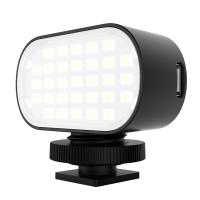


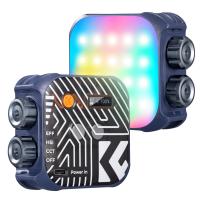
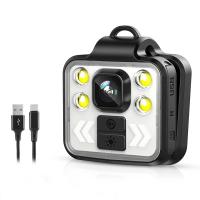


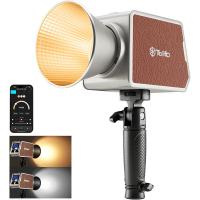
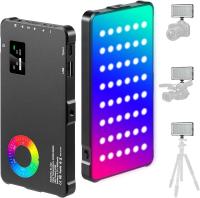
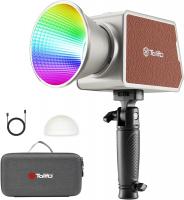

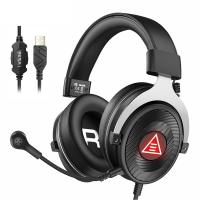
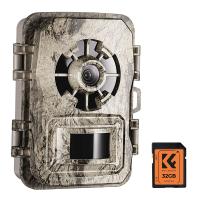



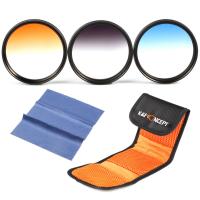
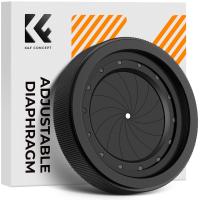
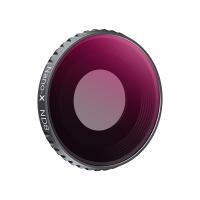
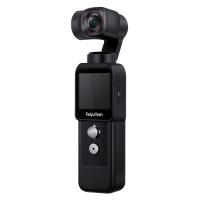

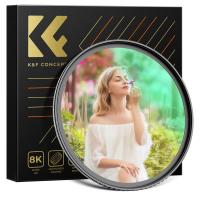
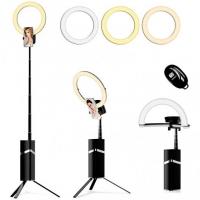
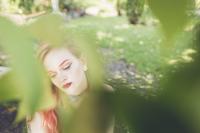
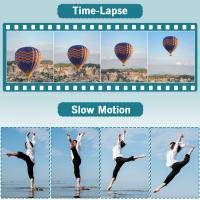

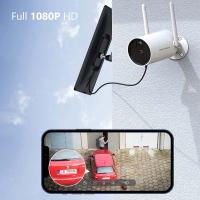
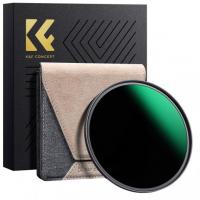




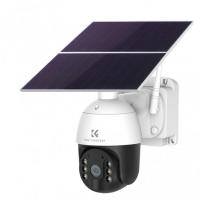
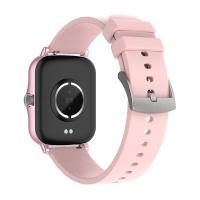

There are no comments for this blog.